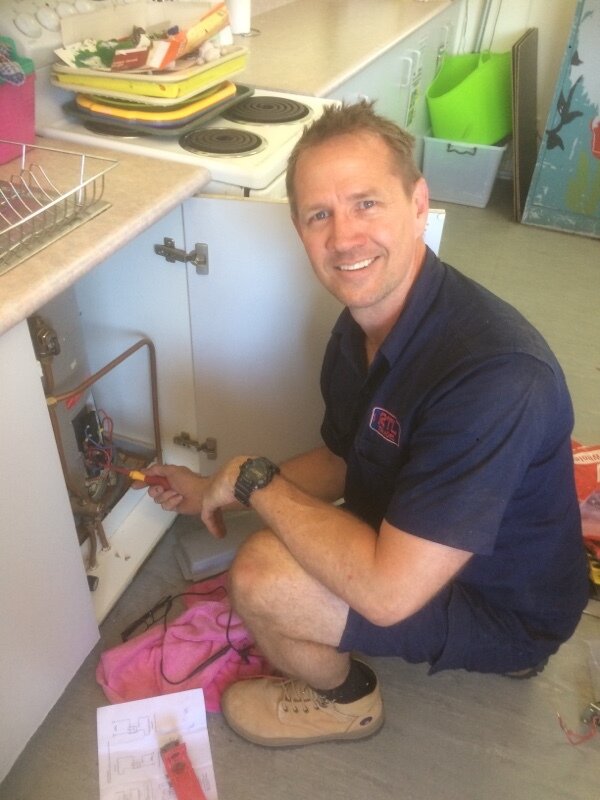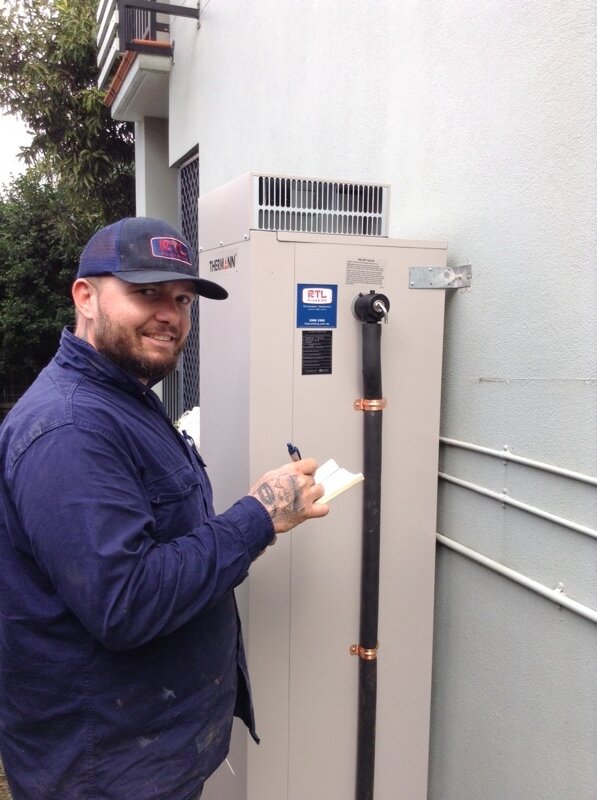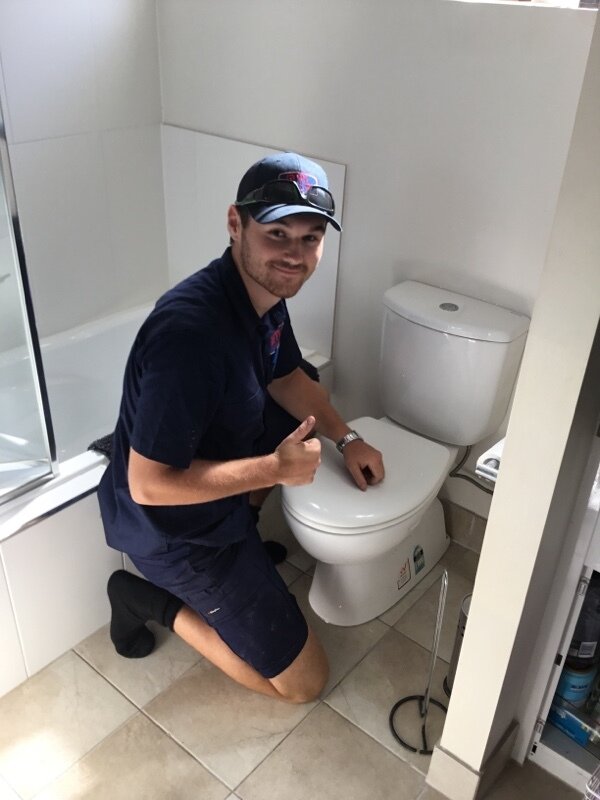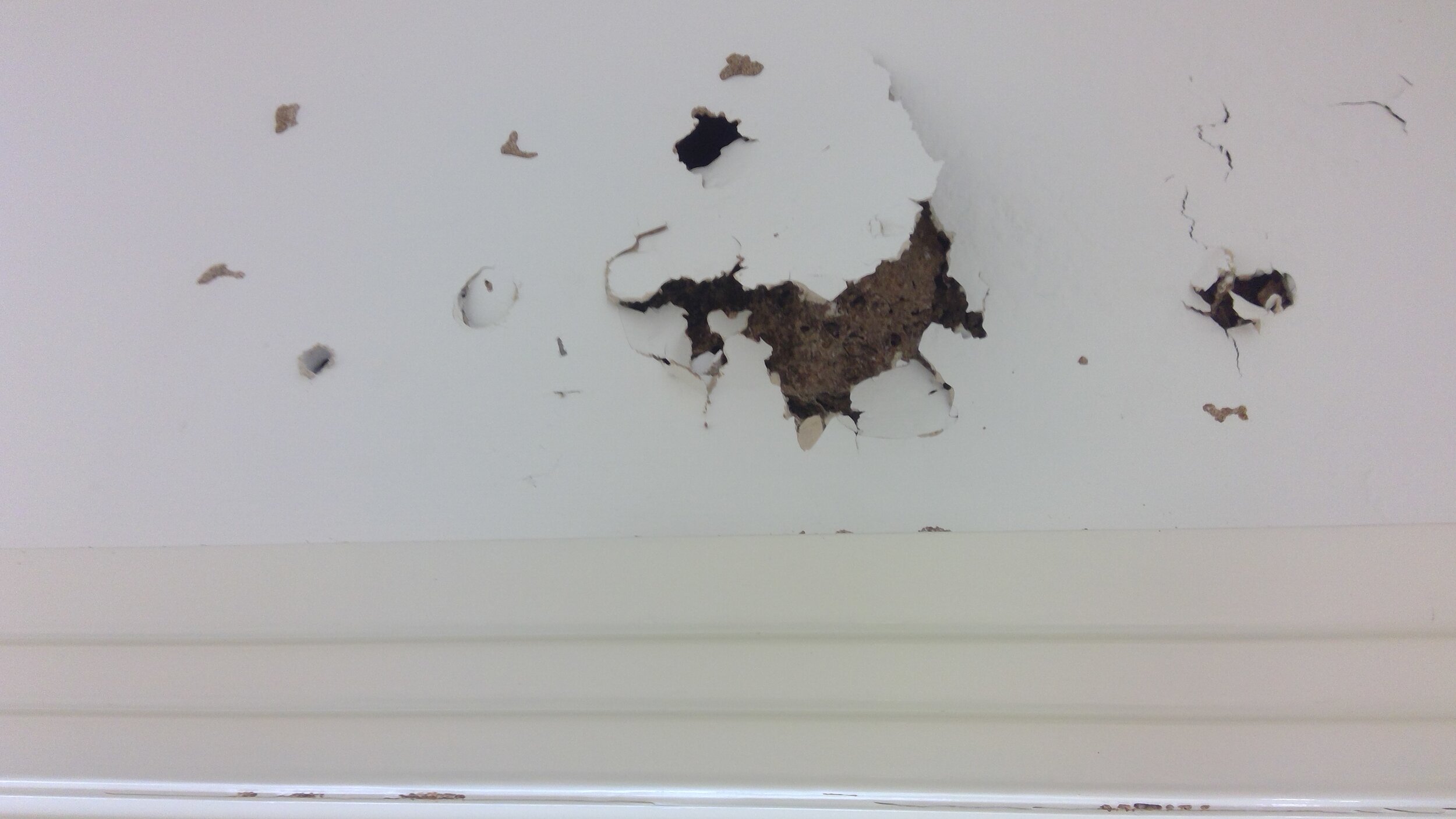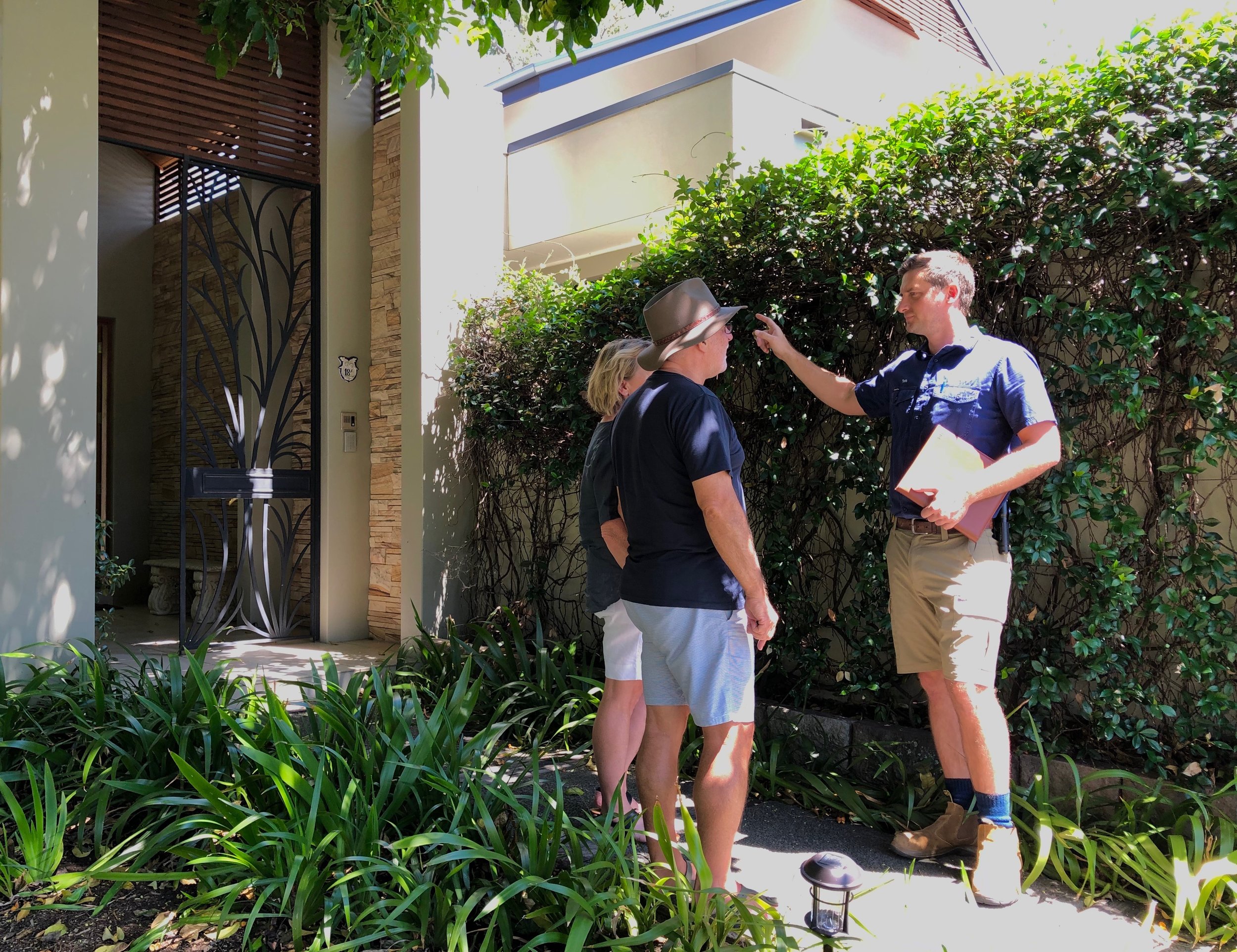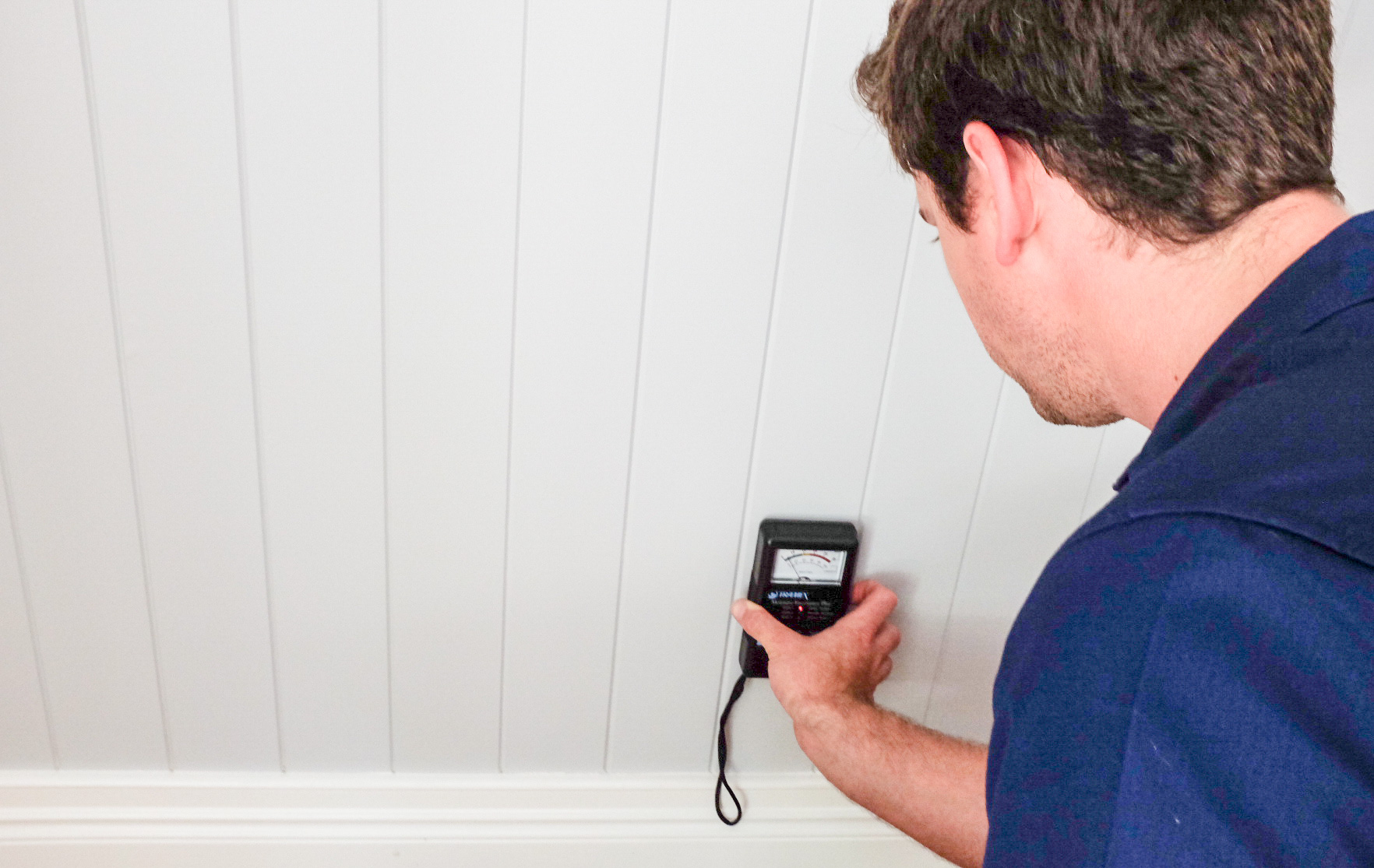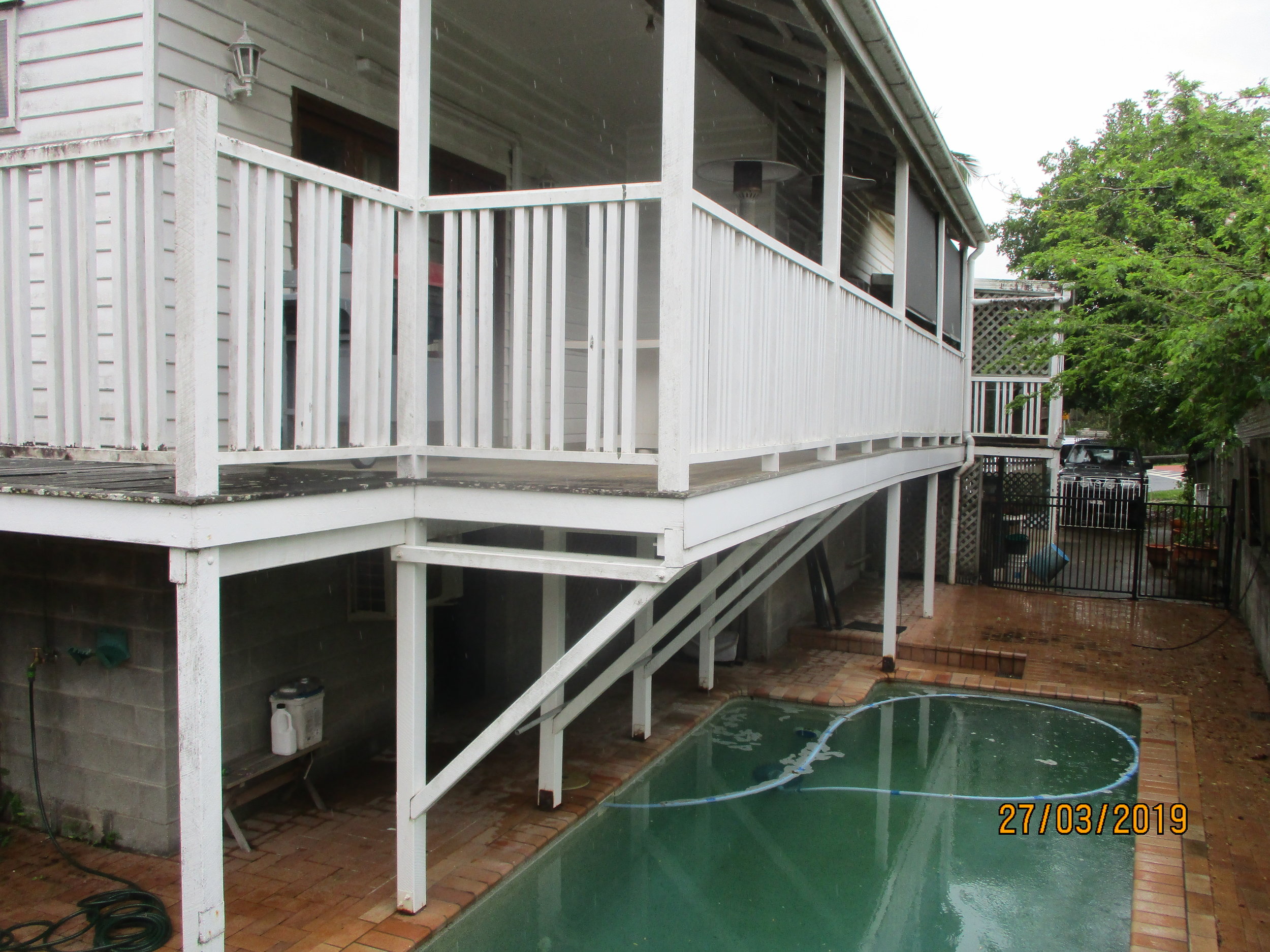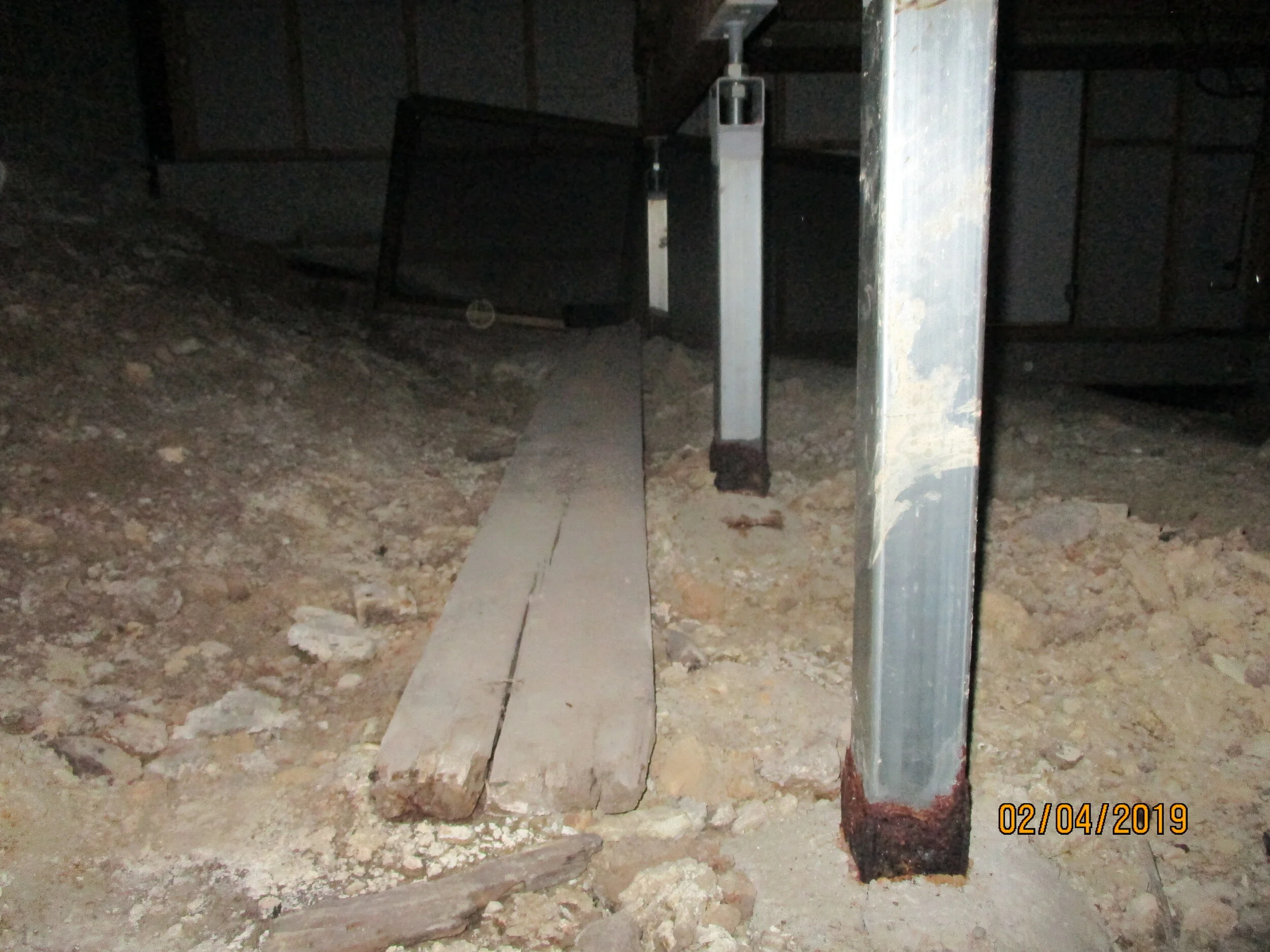Spring brings about longer days, warmer temperatures, blooming gardens, and brighter skies. As a result, it’s no surprise it’s also the busiest time for the real estate market. Buyers are eager to get out of the house after a few colder months, looking for a lovely property to call home and start a new chapter. As for sellers, they can harness the beautiful weather, greener vegetation and flowering plants to make their house even more appealing and hopefully sell their property before the summer holiday.
Yet, while spring is the best time to sell your property, it's also the busiest time of the year on the real estate market as mentioned above, meaning competition is fiercer during this time of the year. As a result, we’ve listed below a few tips to help you make your property as enticing as possible to potential buyers and increase your chances of an easy and quick spring sale.
Declutter your House
Spring cleaning is more important than ever when trying to sell a property. The idea is for you to meticulously go through every single room and space in your home and discard clutter to make the place look organised and tidy. Not only will decluttering your property help make your rooms look bigger, but it will also enable you to reduce your workload when the time comes to pack up your things.
Clean everything
When potential buyers walk into your home, everything needs to be clean. As a result, make sure to vacuum the carpet (professionally if necessary), dust lamps, furniture, skirting, blinds, and cupboard tops, clean the windows, remove any mould from the bathroom or kitchen tiles, scrub your floor and thoroughly wipe surfaces.
A smelly house with dishes in the sink and diapers on the floor won’t be appealing to buyers as they’ll be distracted by the state of your interior and have a hard time focusing on the great features of your house.
Increase the Curb Appeal
You only get one opportunity to make a good first impression, and if you have an outdoor area, now is the time to showcase it at its best!
Whether it be adding a fresh coat of paint to the garage doors, using pretty garden beds, planting blooming flowers, decluttering your spacious patios, installing window boxes, or investing in landscaping, there are many things you can do to enhance the exterior of your home.
Fix Everything Up
If you have small maintenance issues to handle, such as a chip in the wall, a broken cupboard door, a light bulb to change, or your lawn to mow, make sure you tend to these tasks before the open inspection. This will give a polished and finished look to your property and increase its appeal to potential buyers.
Style your Property
The statement “the devil is the details” has never been so true! Styling your property and adding extra finishes can instantly upgrade the look of your property, make it look more expensive, and help you sell your home faster. According to a report recently published by Compare the Market, staged homes sell on average four weeks quicker.
In order to make a good first impression, you should therefore stage the main rooms such as living rooms and bedrooms with neutral but functional furniture. Neutral tones are usually recommended to appeal to a broader base. You should also keep it minimal, as busy rooms are not as appealing. Add a couple of nice throws and cushions on your bed and couch to enhance the overall look.
While furniture and accessories are a big part of styling, pieces of art on the wall, delightful scents, and relaxing music in the background are all key elements to help you sell your home faster and optimise your profits.
To get your property ready for Spring selling, we recommend a Pre-Sale Building and Pest Inspection. This will help identify the small issues that need attention, before your put your house on the market. To book an inspection today, please call us on 3369 5231.

